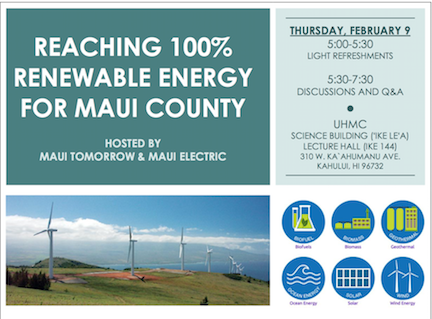By Henry Curtis
Synopsis: Utilities talk about energy prices but hide the data, making it impossible to verify whether public utilities are really concerned about the public or instead are more concerned about their bottom line.
Robbie Alm (HECO) spoke to the Democratic Party Environmental Caucus on July 18, 2011. On the tape at 21:10 he said that the high cost of Power Purchase Contracts (PPAs) are the reason that electric rates are so high:
“The next ones over are out major PPAs. And you’ll see something in common with a number of them, and that’s how much they look like each other. That is called “avoided cost contracting.” And since the 1970s it has been a legal requirement with renewable energy that when we sign a contract with a renewable producer that they get paid whatever we have to pay for oil. So oil goes up their contract goes up; oil goes down their contract goes down–but it tracks oil. You’ll see this particularly on the Big Island: it doesn’t matter how much of that renewable energy I just showed you, it hasn’t helped their bills there because almost everything on the Big Island is avoided cost contracting.”
The other thing in common about these contracts is if you go down to the Public Utilities Commission (PUC) to read them, the pricing information is all redacted. This is to prevent anyone in the public from understanding them.
Following the two Arab Oil Embargoes in the 1970s, the federal government wrote a number of laws mandating that fossil fuel producers buy energy from Independent Power Producers. The price the utility had to pay was the price that the utility would have paid themselves to produce the same energy. This concept is called avoided cost. Thus as the price of coal, natural gas and nuclear varied, the price of the PPAs varied.
In Hawaii, unlike the mainland, the utilities rely on oil to make electricity. Thus as the price of oil rose and fell, the price paid to Independents rose and fell.
The state legislature recently allowed utilities to set prices that are independent of their avoided costs. Thus, in theory, the utility will be able to purchase energy from others at lower prices thus driving costs on a downward trajectory. In reality, the utility still does not want you to see the pricing information, and there are so many conditions and pricing variations embedded within one contract that it is nearly impossible for the lay person to understand it, even if they were permitted to see the document.
For example, HECO recently requested that ratepayers finance the Aina Koa Pono biofuel contract, which is the single highest priced fuel purchase contract ever submitted to the PUC for approval. Many connected people felt that Aina Koa Pono was so connected to rich and powerful political insiders that state regulators would approve ratepayer subsidies to these people. The Governor was furious that the PUC, under enormous public pressure, rejected the contract.
The secrecy surrounding pricing is why I wrote SB 656 which “requires the public utilities commission to publish contracts, including price information, for the purchase of renewable energy by energy utilities on a publicly-accessible portion of the commission’s website.”
SB 656 passed the State Senate last year and Representative Denny Coffman has stated that he will move it this year.
However, HECO is fighting its passage.
It is one thing for them to tell you the reason prices are so high. It is quite another thing for you to be able to ascertain the validity of their analysis.


